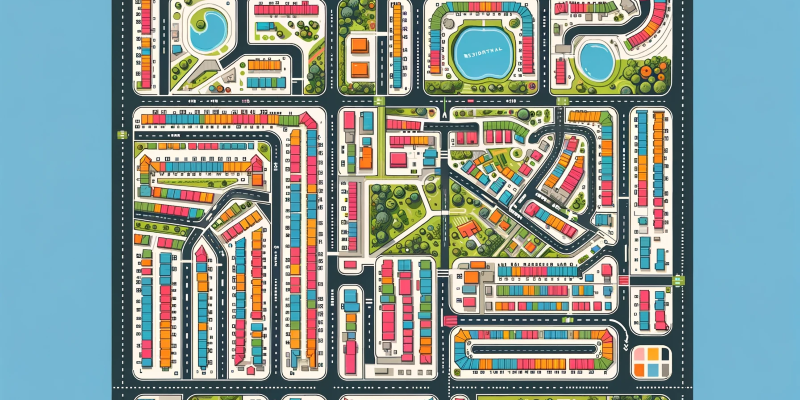The housing market in Austin and across Texas is red-hot, with home prices and rents rising faster than many middle-class families can afford. In our recent video, we discussed how cities like Austin are turning to “upzoning” – allowing more housing density on existing lots – as one strategy to boost the supply of affordable housing.
Austin recently changed its land development codes to allow up to three housing units on lots previously limited to single-family homes. The goal is to encourage more duplexes, triplexes, and other housing that can be more affordable than large detached homes.
Upzoning has become a trend in major metro areas across the country as cities try to keep up with population growth and demand. And on the surface, allowing more units per lot just makes sense – more supply should help make housing more attainable.
However, the impact of upzoning on housing costs is still unclear. While increased density does have the potential to create more reasonably priced units, there are also risks like gentrification and displacing lower-income residents. Here are some key considerations:
Benefits:
- By allowing smaller lot sizes, upzoning can reduce land costs for developers and allow more units to be built. This additional supply could help slow the rise in housing prices.
- Upzoning creates opportunities for more “missing middle” housing like duplexes, triplexes, and townhomes. These options are naturally more affordable than large single-family homes.
Drawbacks:
- There are no guarantees that new units built after upzoning will be affordable. Many could still cater to high-end buyers and renters.
- Upzoning may inadvertently raise property values and spur redevelopment of affordable homes into more expensive housing. This could displace lower-income residents.
- Added density could impact neighborhood character in positive or negative ways. More residents means more need for infrastructure and services.
Overall, upzoning alone cannot solve affordability issues. As experts note, cities also need to consider transportation, jobs, and actively preserving affordable units. However, allowing more housing supply is still an important piece of the puzzle. The key will be implementing upzoning strategically with policies that encourage truly affordable options and prevent displacement of vulnerable residents.
